


Stag parties: the clash of the antlers Team work: how to have fun with ferrets Paddington’s favourite meal and that Friday feeling

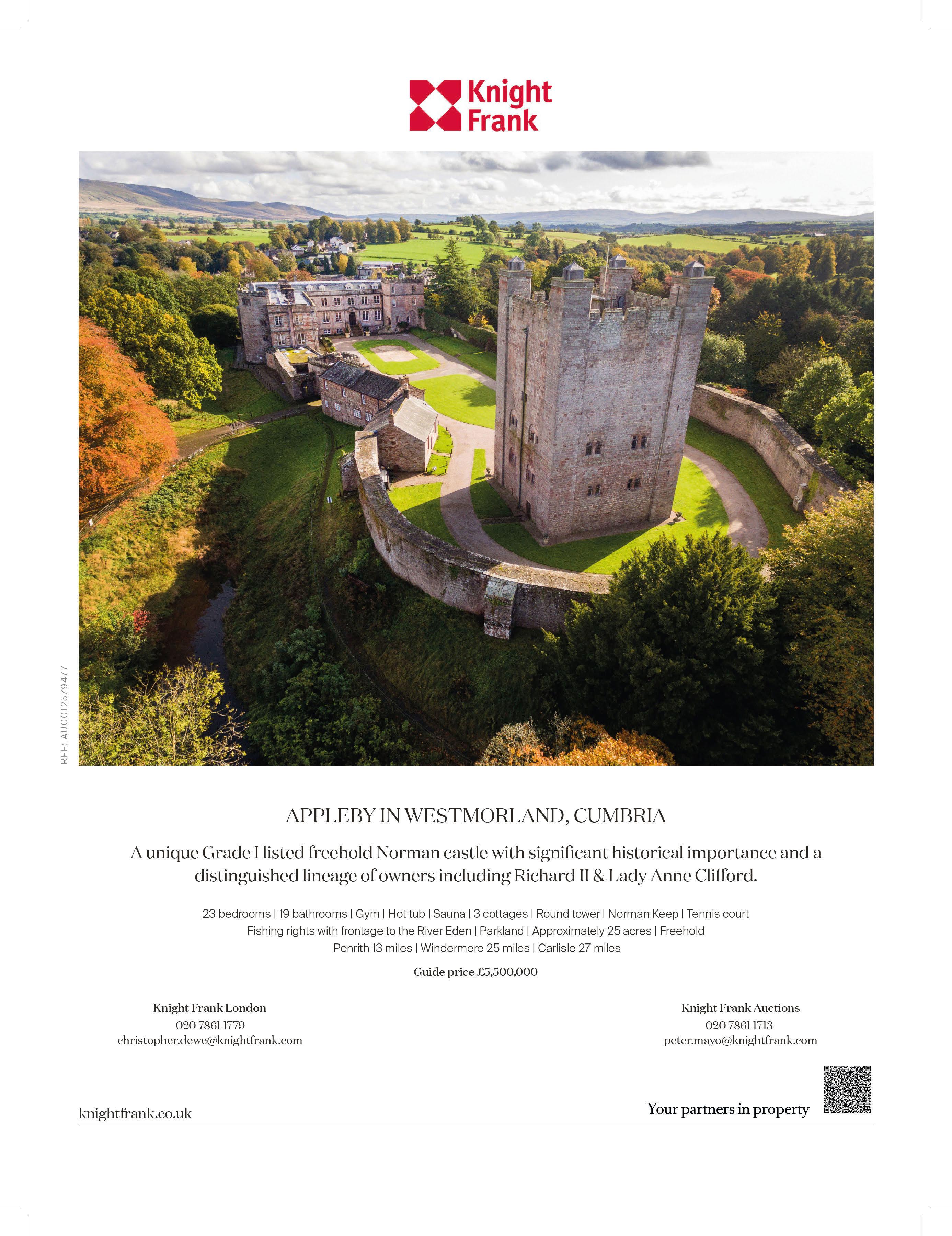
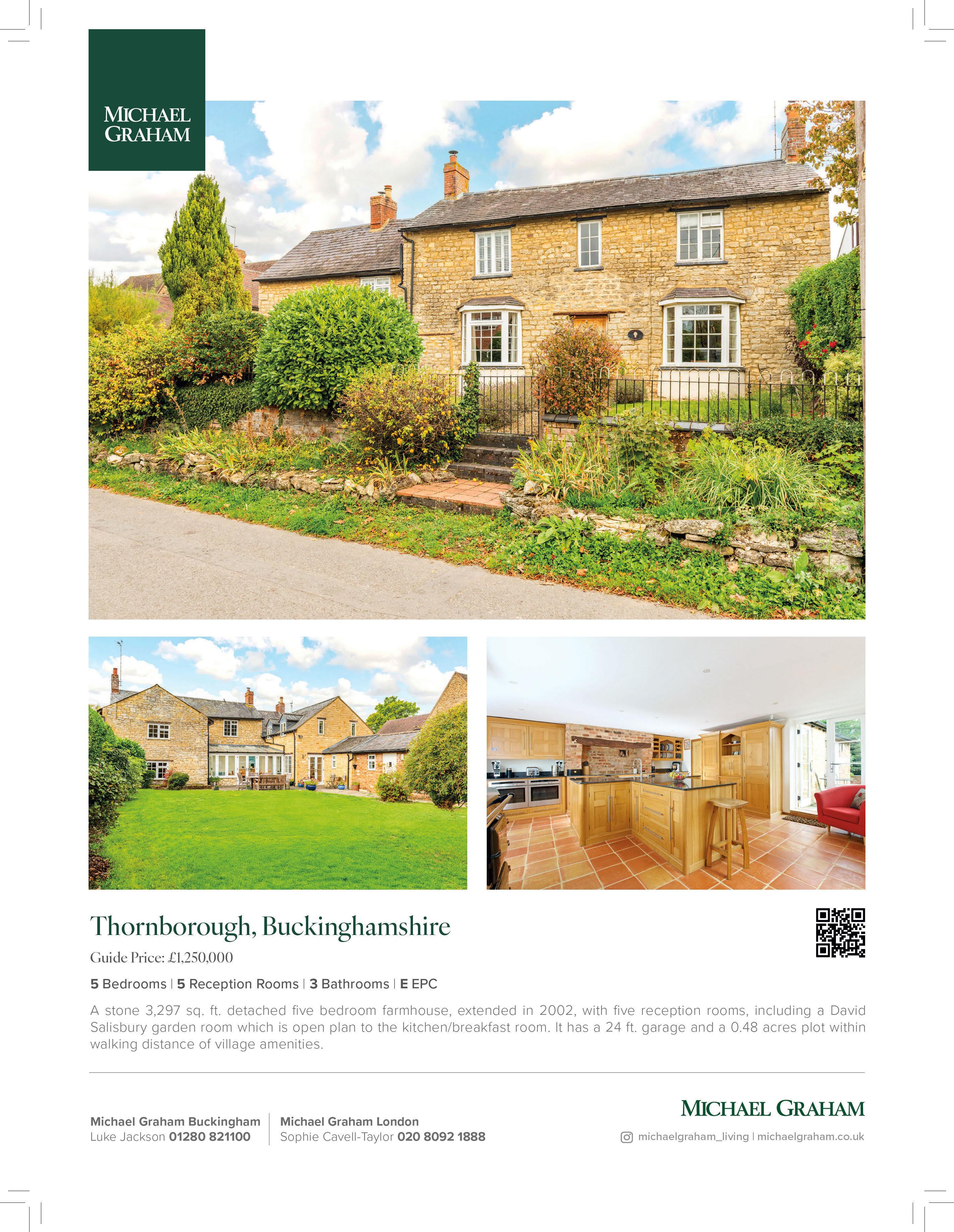
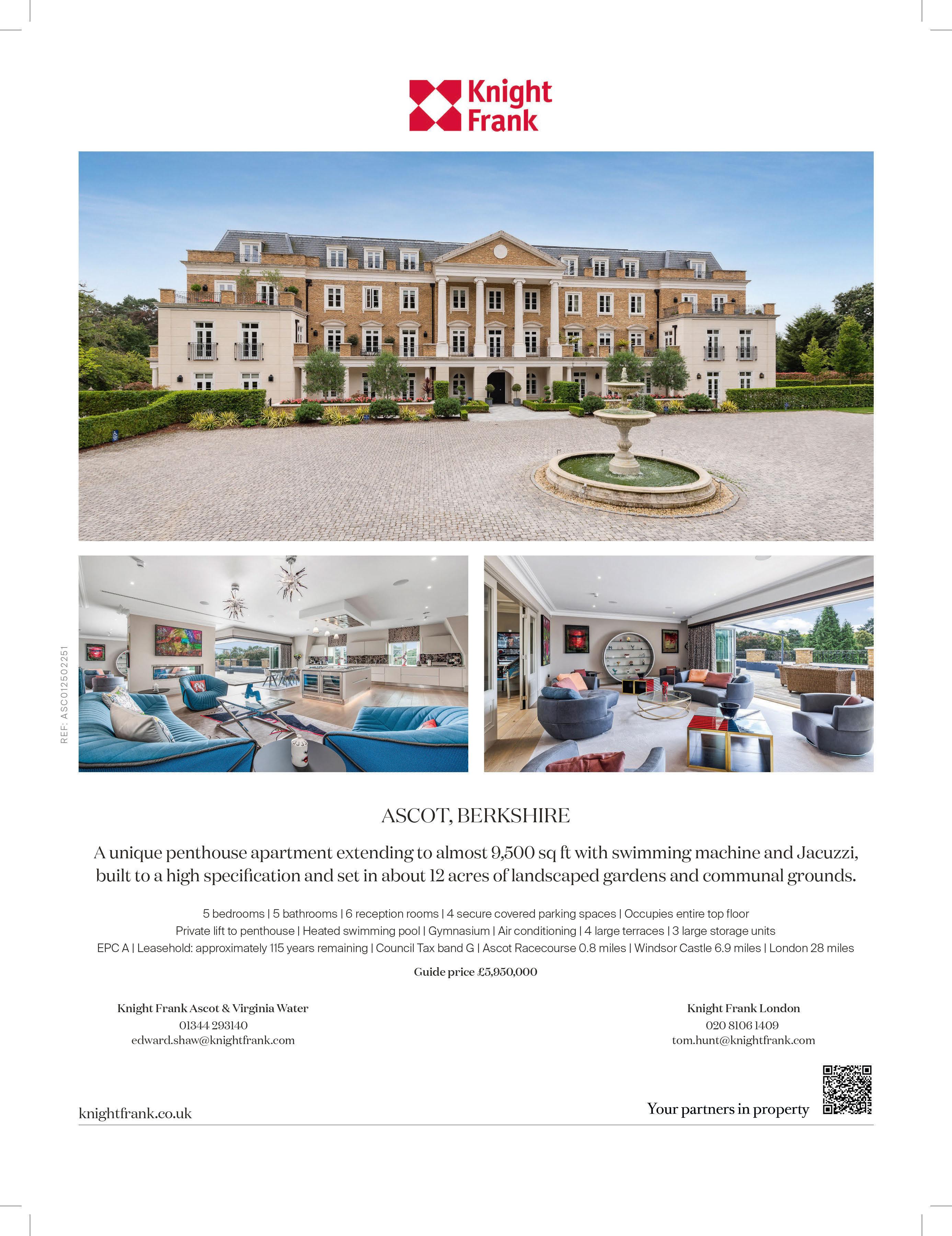
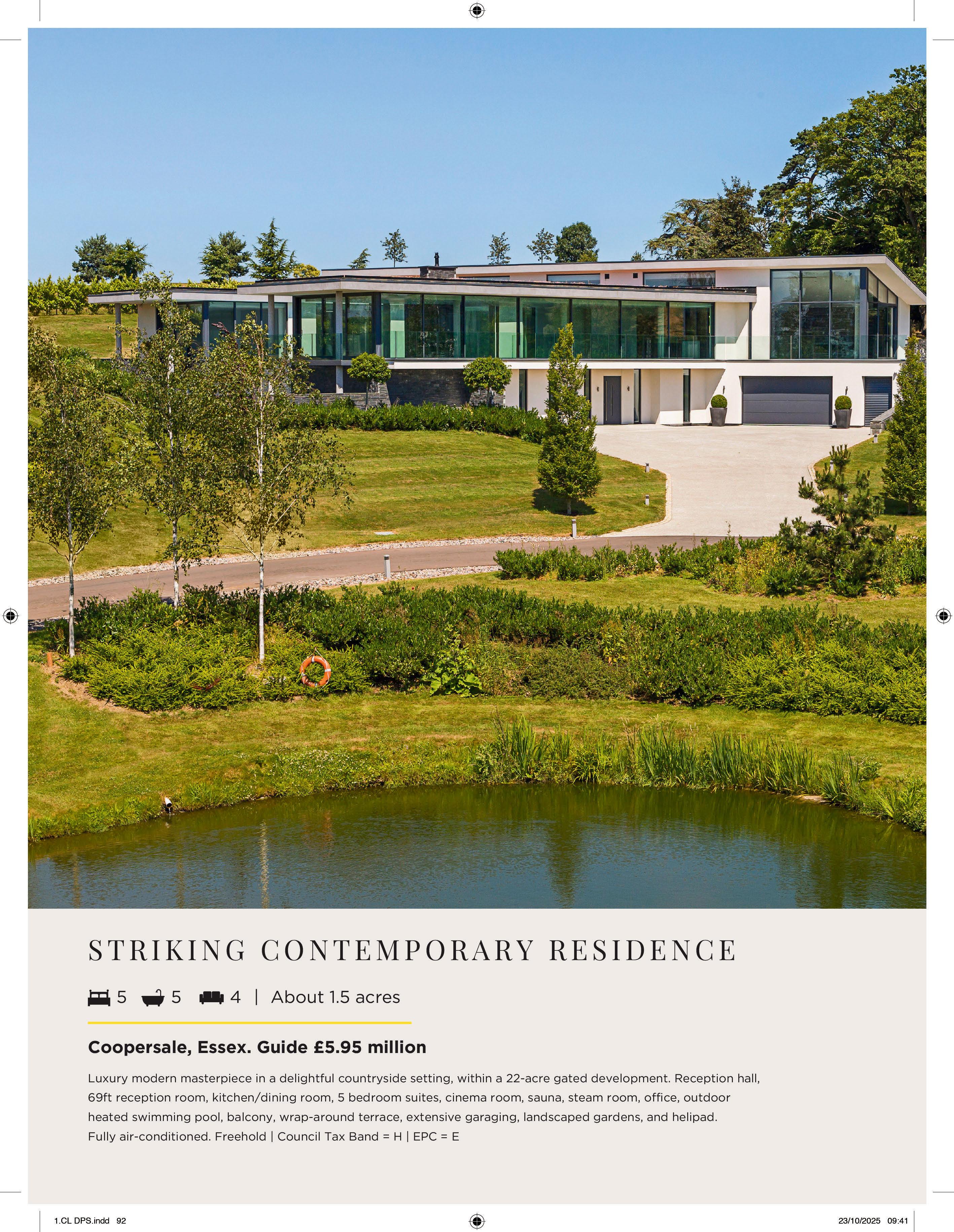
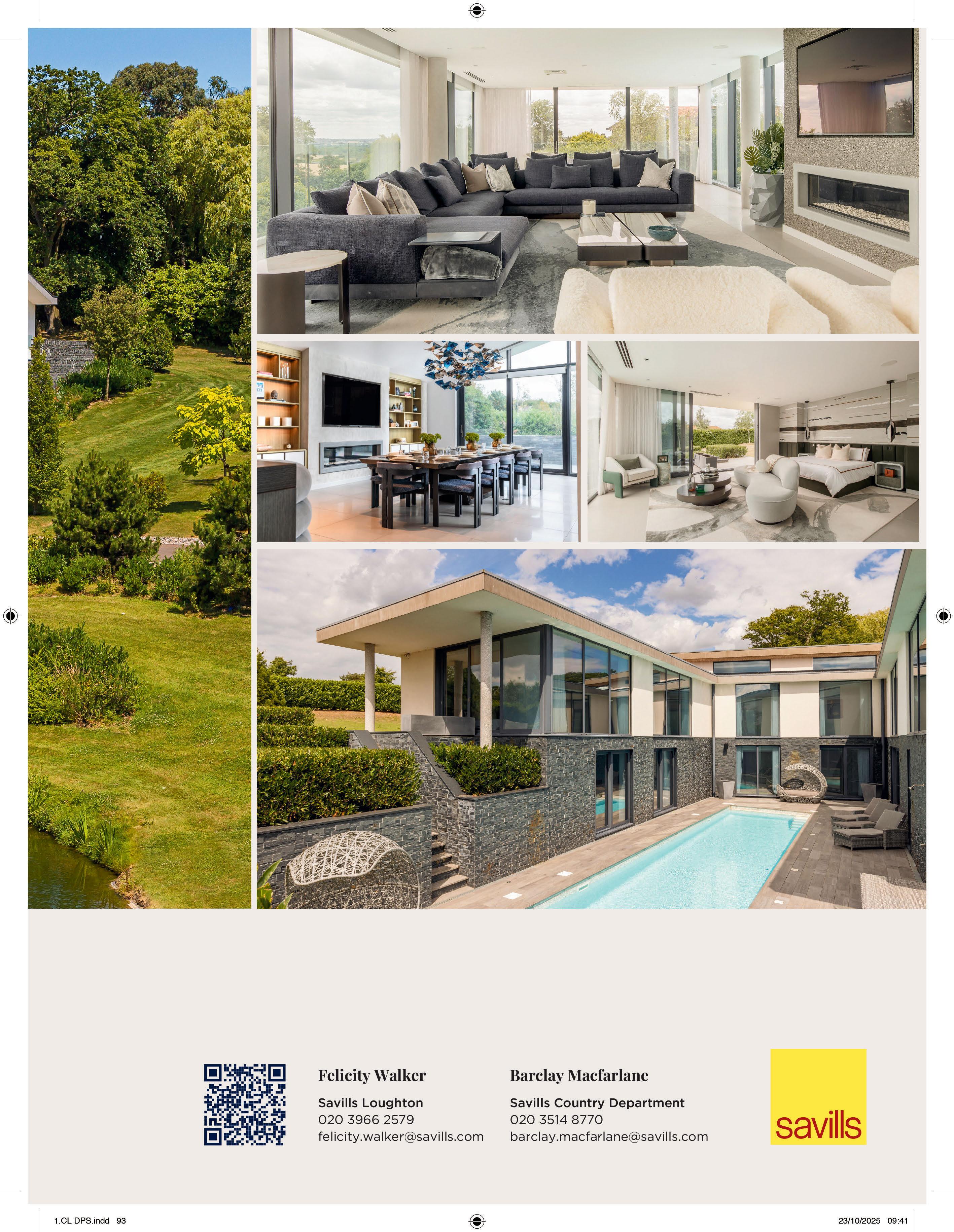

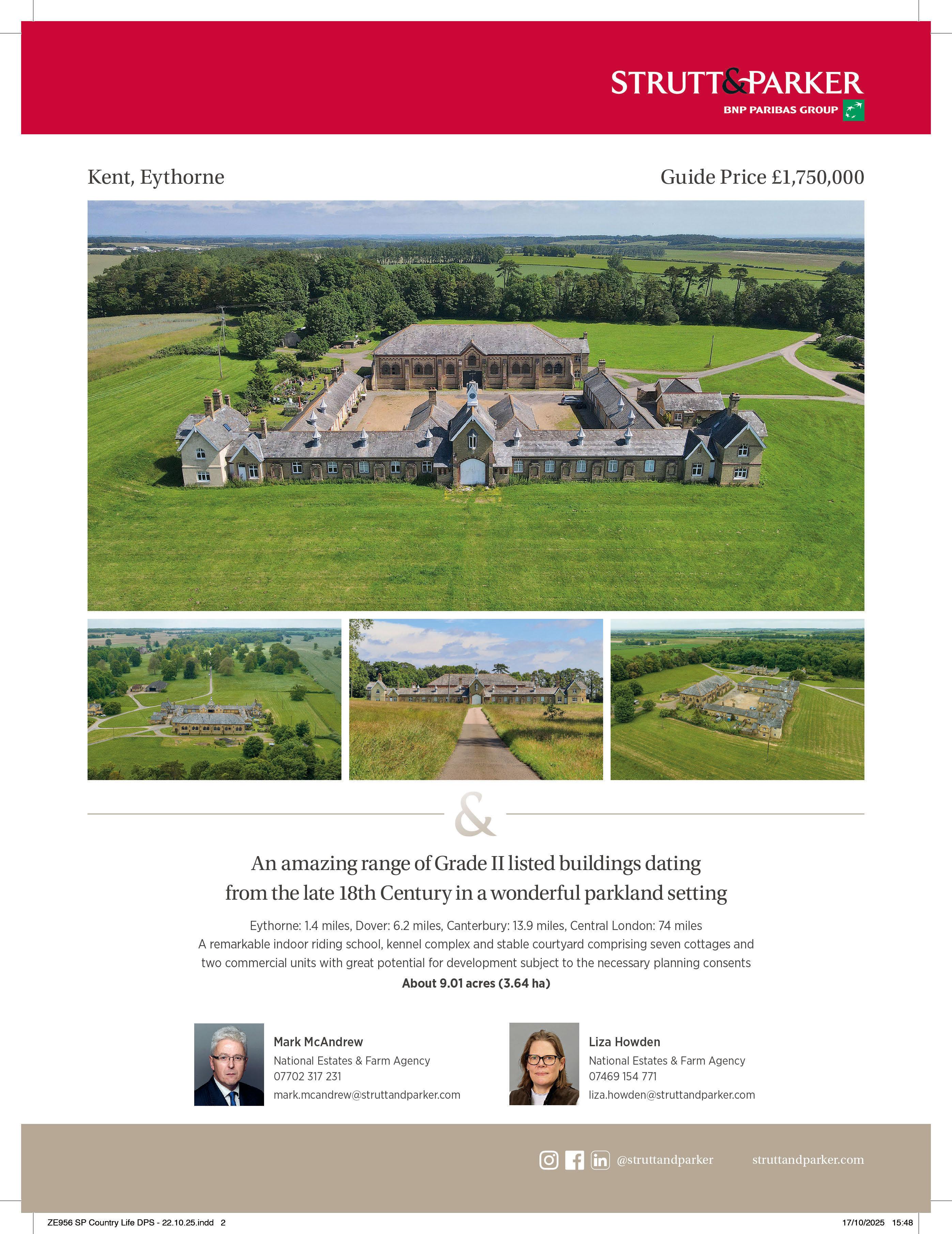

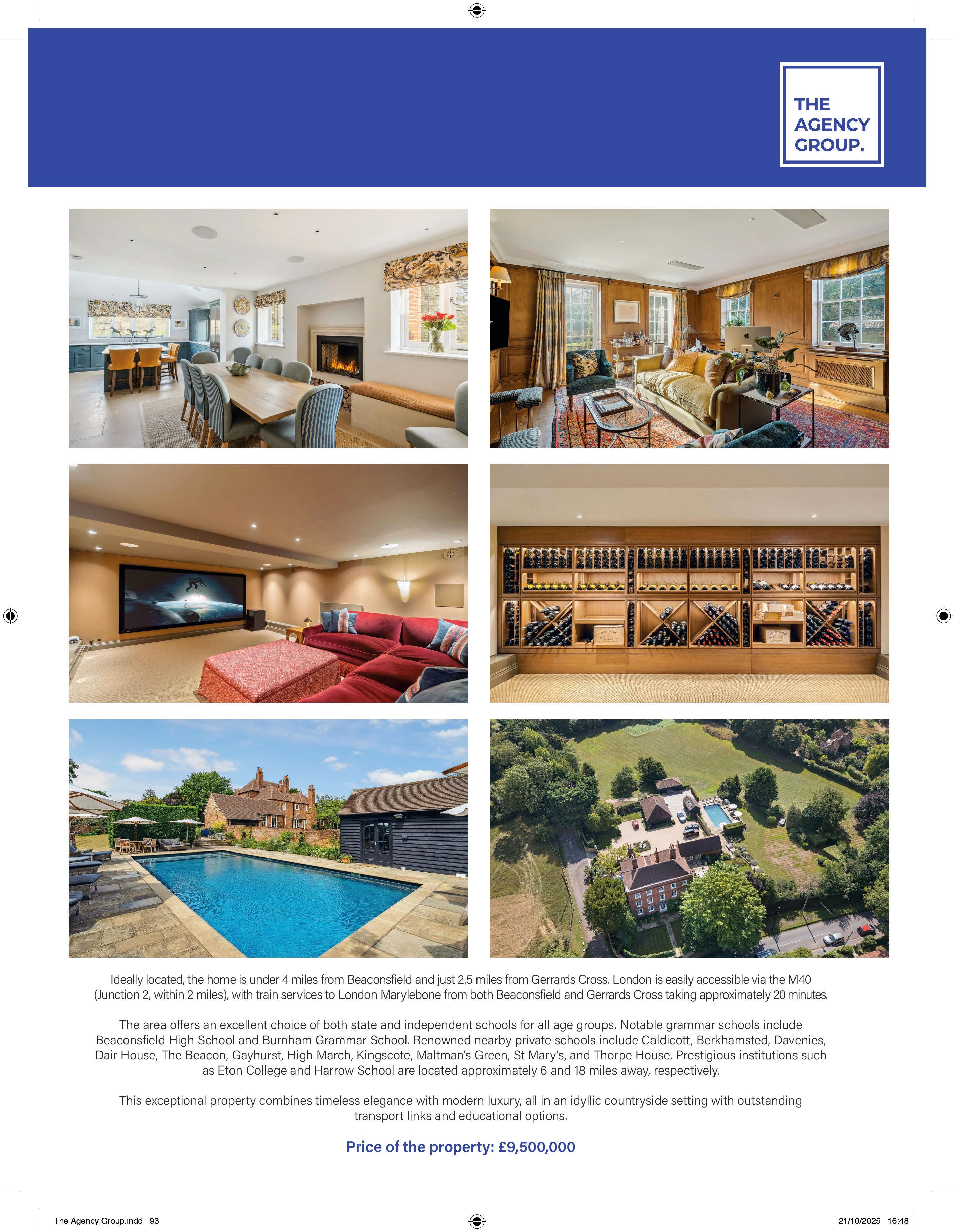
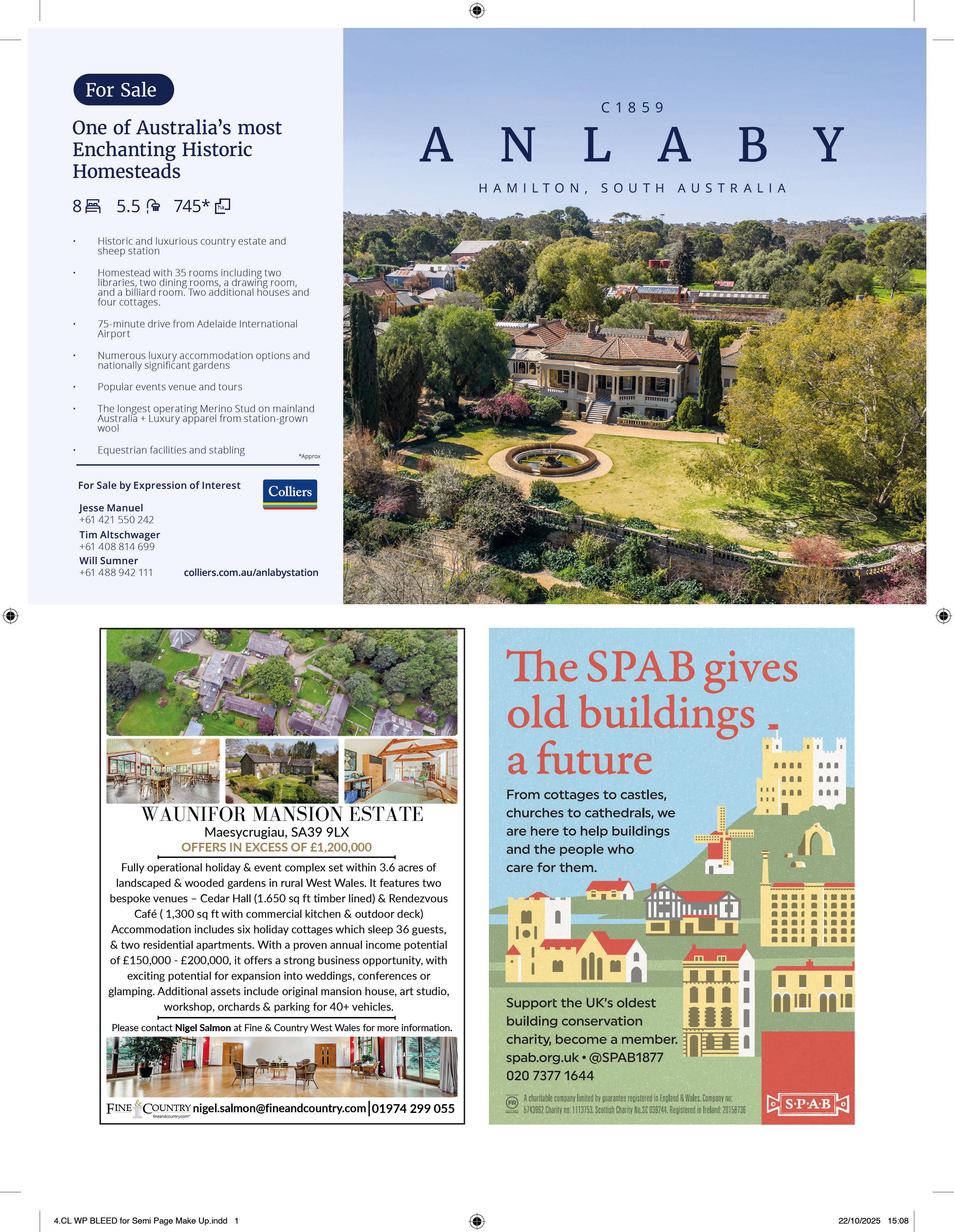





Stag parties: the clash of the antlers Team work: how to have fun with ferrets Paddington’s favourite meal and that Friday feeling













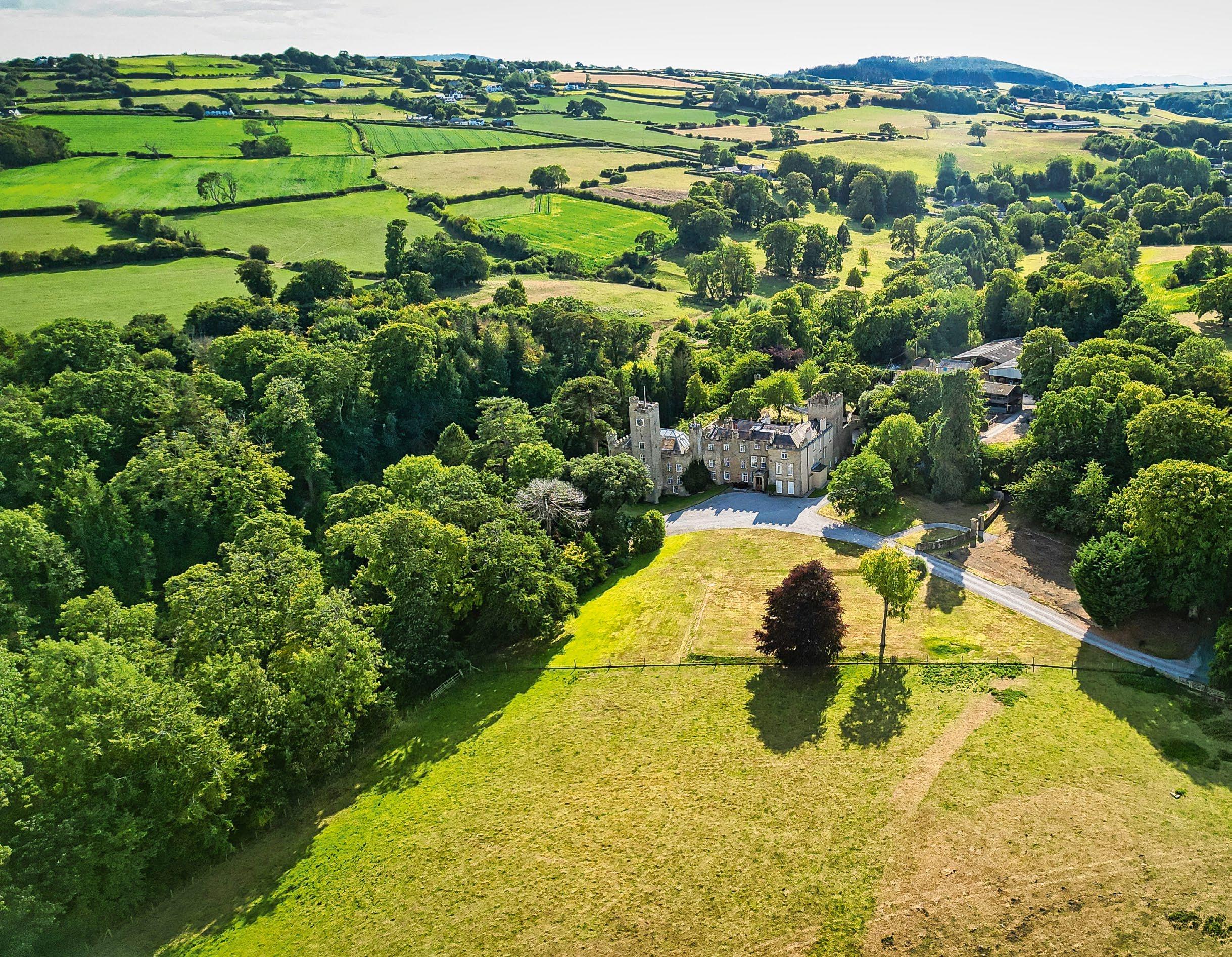
Once the country seat of Liverpool wool barons turned shipping tycoons, Gyrn Castle is now seeking new custodians, as is Tudor Revival-style Fulford Hall, the Victorian seat of a frontier adventurer
LL good things come to an end, as is the case for the extended Bates family, wool merchants from the West Riding of Yorkshire who became one of Liverpool’s most powerful commercial dynasties in the late 19th and 20th centuries. Their home, historic Grade II-listed Gyrn Castle, set in 67 acres of lakes, woods and parkland on the edge of the ancient Flintshire village of Llanasa, North Wales, is a recent addition to the market and, as such, marks the end of the estate’s 150-plus years in Bates ownership. For sale through the Chester office of Jackson-Stops (01244 328361) at a guide price of £2 million, the imposing, castellated mansion stands on high ground overlooking the picturesque coastline of this part of Wales and boasts magnificent views over the Dee estuary, the Wirral peninsula and the skyline of Liverpool 35 miles away.
According to its Cadw listing, the present house dates from the late 17th century and was part of the important Mostyn estate in the early 18th century. In 1750, it was sold to Thomas Hughes of Halkyn and later to John Douglas, a cotton manufacturer in nearby Holywell. He remodelled it in 1817–24, with the addition of a third storey, the projecting dining room at the north end of the house and the picture gallery and attached tower at the south end. In 1856, Gyrn Castle was acquired as a country retreat by Sir Edward Bates, who appears to have made only minor alterations to the house, although added numerous outbuildings.
Sir Edward Bates, 1st Baronet (1816–96), was a ship owner and politician whose eventful career spanned almost the whole of Queen Victoria’s reign. He began his career in the wool-finishing business started
The 67-acre Gyrn Castle estate at Llanasa in North Wales enjoys spectacular views over the surrounding countryside. £2m
by his father, Joseph Bates, who, following the ending of the East India Company’s monopoly on trade with India, started a company that exported his woollen cloth from Halifax via the fast-growing port of Liverpool. Edward was sent to Calcutta to join his elder brother and remained in India until 1848, when he returned to England to start up his own shipping business, initially chartering ships for the Bombay trade. By 1870, he had built a fleet of 51 sailing vessels and he went on to own 130 ships in his lifetime. He was awarded a baronetcy by Prime Minister Benjamin Disraeli in 1880.
Sir Edward died in 1896, followed in quick succession by his son and eldest grandson,

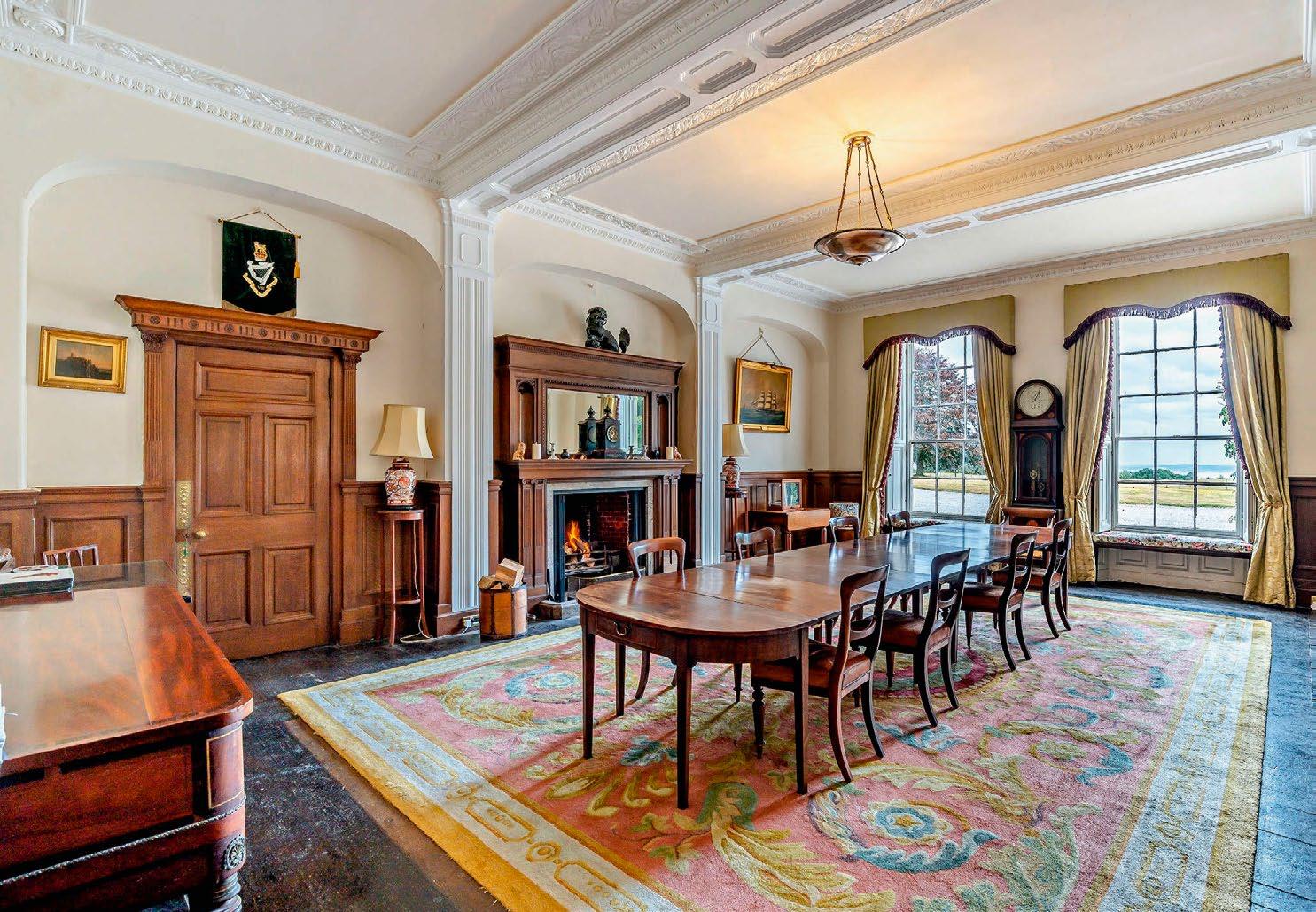
and, in 1903, 24-year-old Percy Elly Bates, 4th Baronet, became the principal partner of Edward Bates and Sons. Sir Percy went on to become one of the giants of the shipping industry in the first half of the 20th century, most famously for his role, as head of Cunard, in the building of RMS Queen Mary and RMS Queen Elizabeth. Sir Percy had his own house at Hinderton Hall, Cheshire, and, in 1922, he sold Gyrn Castle to his brother, Frederic, who moved there following his marriage in 1932.
Frederic Bates had no children and, on his death in 1957, Gyrn Castle and estate passed to his nephew, Sir Geoffrey Bates, 5th baronet. In 1941, Sir Geoffrey joined
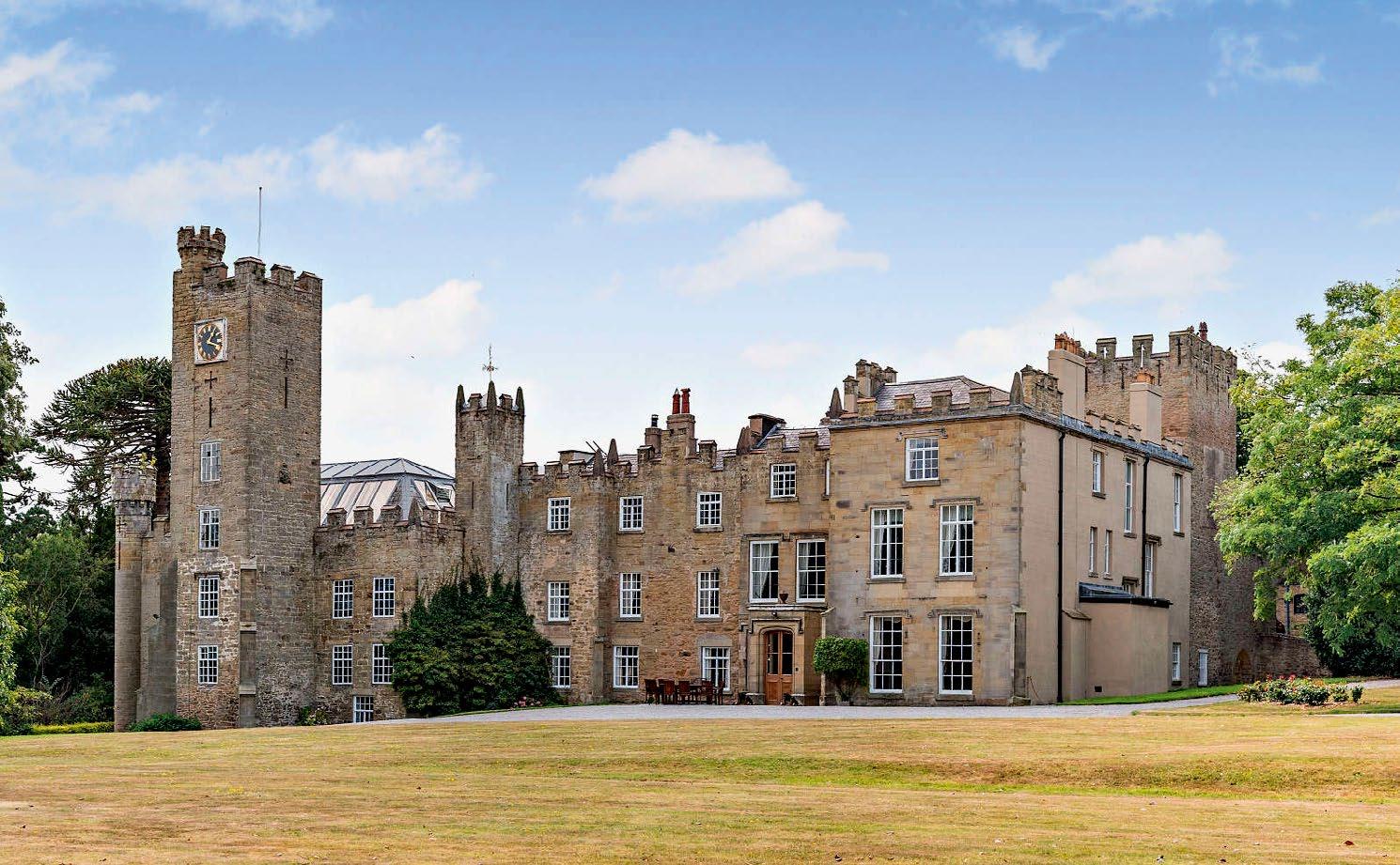
the Kings Royal Irish Hussars and gained a reputation as a dashing troop leader, winning a Military Cross in North Africa in 1942. He was High Sheriff of Flintshire in 1969 and, according to Christie’s, which held an auction of the contents of Gyrn Castle following his death in 2005, ‘he gave much of his time to the Flint and Denbigh Hunt, often riding his well-known horse, Sam, with the same dash as with the Irish Hussars’.
In 2008, the Gyrn Castle estate was sold to Charlotte Whitelocke-Winter, Sir Geoffrey’s third wife’s daughter from a previous marriage and the wife of the late David Howard of Cerrigllwydion Hall, Denbigh, on whose behalf it is now being sold. A further 297½ acres and two gatehouses are available by separate negotiation. Most recently used to host corporate events and weddings, the main house offers 16,771sq ft of elegant living space on three floors, including reception and great halls, three grand reception rooms, a small dining room, study, kitchen with breakfast area, domestic offices and staff quarters, extensive cellars, master and guest suites, 10 further bedrooms and four more bathrooms.
In recent years, Gyrn Castle has seen the upgrading of the house and ancillary buildings, including extensive roofing works, the repointing of exposed stone walls, the rerendering of the north-west elevation, removal of wet and dry rot, damp remediation works and the sensitive restoration of many of the windows. Of particular importance is the installation of a biomass wood-chip central-heating system, which serves the

Above: Tudor Revival-style Fulford Hall is set in 12¼ acres at Tidbury Green in the West Midlands. £3.75m. Right: The grand panelled, double-height reception hall
castle, but has the capacity to also serve the self-contained flat and the cottage within the courtyard range of outbuildings.
Over in the West Midlands, Stuart Flint of Fisher German (020–7870 7799) is handling the sale of Grade II-listed Fulford Hall, a classic Victorian country house built between 1887 and 1890 for Maj-Gen Sir James Johnstone, who inherited the Fulford Hall estate at Tidbury Green, near Solihull, in 1881. Mr Flint quotes a guide price of £3.75m for the striking, almost 16,000sq ft house designed in the picturesque Tudor Revival style, which combines the grandeur of its late-19th-century origins with more recent additions that include a conservatory and an indoor leisure suite.
Sir James was a distinguished colonial administrator who embodied the Victorian ideals of enterprise and imperial service. Born in Birmingham in 1841, he qualified for one of the last East India Company cadetships and spent more than two decades serving on India’s challenging north-eastern frontier, including nine years as political agent of Manipur, one of the most prestigious postings in British India. Severely wounded during the Burma campaign of 1885–86, he returned to England, where his service was recognised with a knighthood and the award of the coveted Knight Commander of the Order of the Star of India (KCSI). He spent his final years at Fulford Hall, writing about
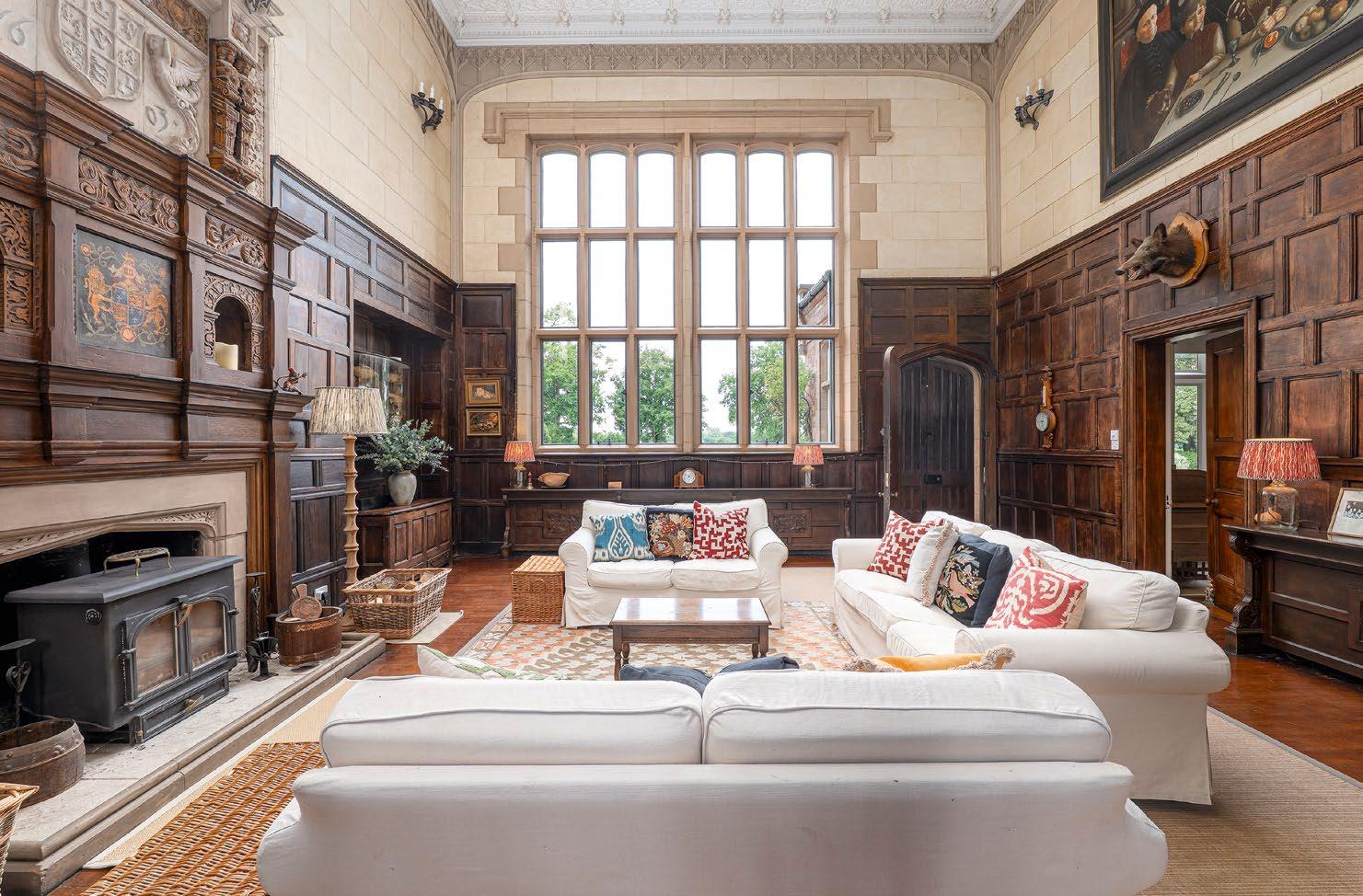
his frontier adventures in Manipur and the Naga Hills. He died as a result of a riding accident in 1895, aged just 54.
Impeccably renovated by its current owners, who have lived there for more than 30 years, Fulford Hall is laid out for both entertaining and everyday family use. A dramatic first impression is created by the vast reception hall with its minstrel’s gallery and ornate carved fireplace. The drawing room, timberpanelled study and large dining room are impressive formal spaces, whereas the dual kitchen layout, with scullery and breakfast room, is designed for large family gatherings. Upstairs are nine bedrooms and five bathrooms, with the top floor offering flexible space for staff or guests. Independent
one-bedroom accommodation is provided in a converted coach-house cottage. An indoor swimming pool sits alongside garaging, stabling and extensive storage.
A drive lined with horse chestnut trees leads to formal lawns, terraces and an ornamental pool. A walled kitchen garden, rose pergola and summer house add charm. Sporting amenities include a tennis court and practice golf green, with woodland around the 12¼-acre estate ensuring both privacy and a natural home for wildlife. Despite its seclusion, Fulford Hall is well connected, with Solihull only six miles away, Birmingham 11 miles to the north, and junction 3 of the M42 a few minutes from the gates. Birmingham International Airport and the NEC are less than 12 miles away.
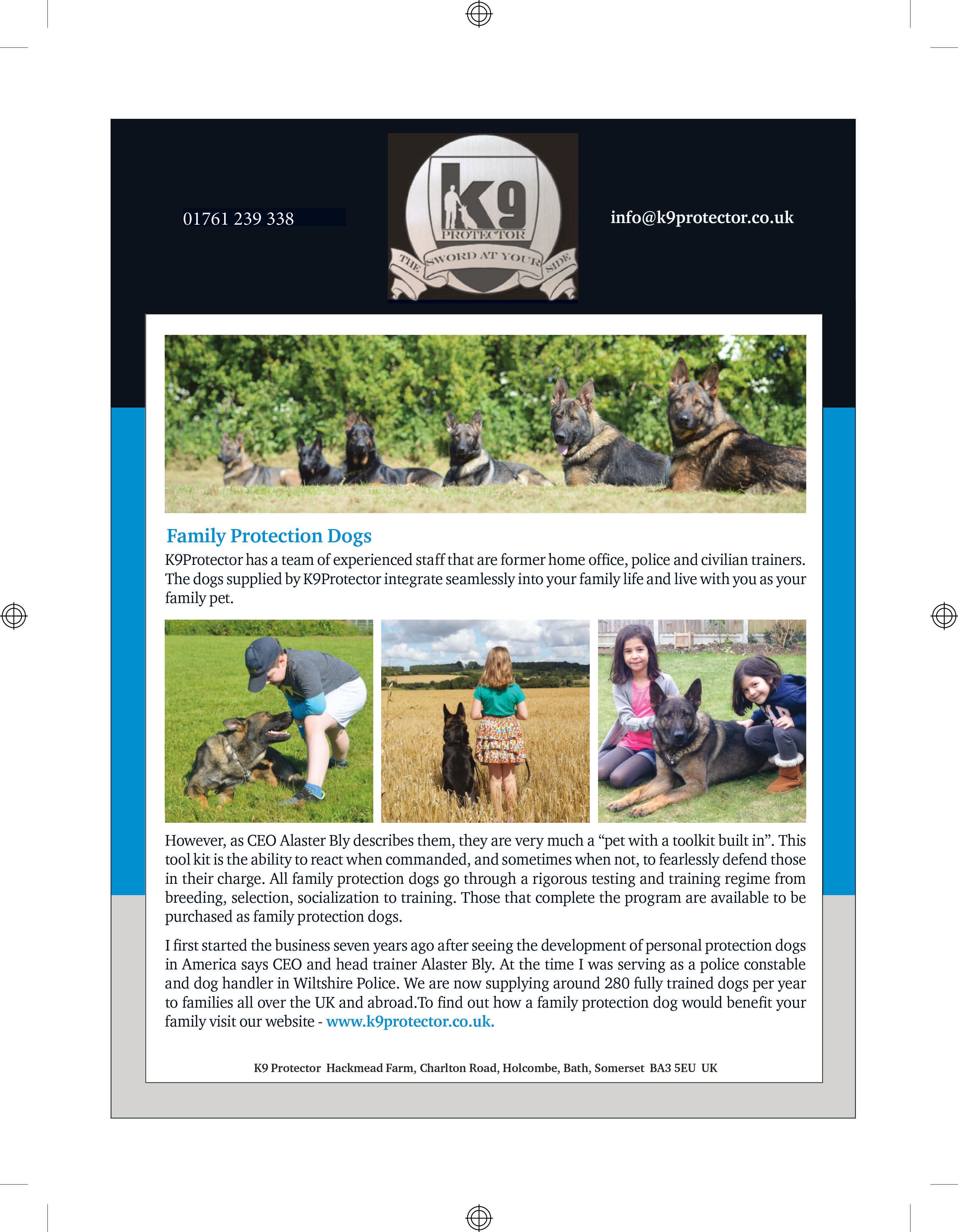

Julie Harding

Cheshire, £2 million
For horse lovers everywhere, these five properties boast facilities–from stables to solariums–that are the stuff of equestrian dreams
Six horses could live at Sandhole Farm and each could have its own stable at this immaculate Victorian property sited on Wash Lane at Allostock near Knutsford. In fact, agent Crispin Harris calls the yard ‘the epicentre of this family home, boasting amazing equestrian facilities with a massive manège’. Additionally, there’s a tack room, wash box with solarium and a feed room. The house itself is dressed to impress both outside and in, so, once the horses have been tended to, there are several rooms for the new owners and their friends to retire to for some much needed R&R, including the luxurious drawing room, which Mr Harris calls ‘the highlight of the house’ and where one entire wall is made up of bifold doors that lead into the garden. To return to the equestrian theme, the main bedroom (one of four in total) upstairs looks out over the stable yard and towards the five acres of land. Jackson-Stops (01625 540340)
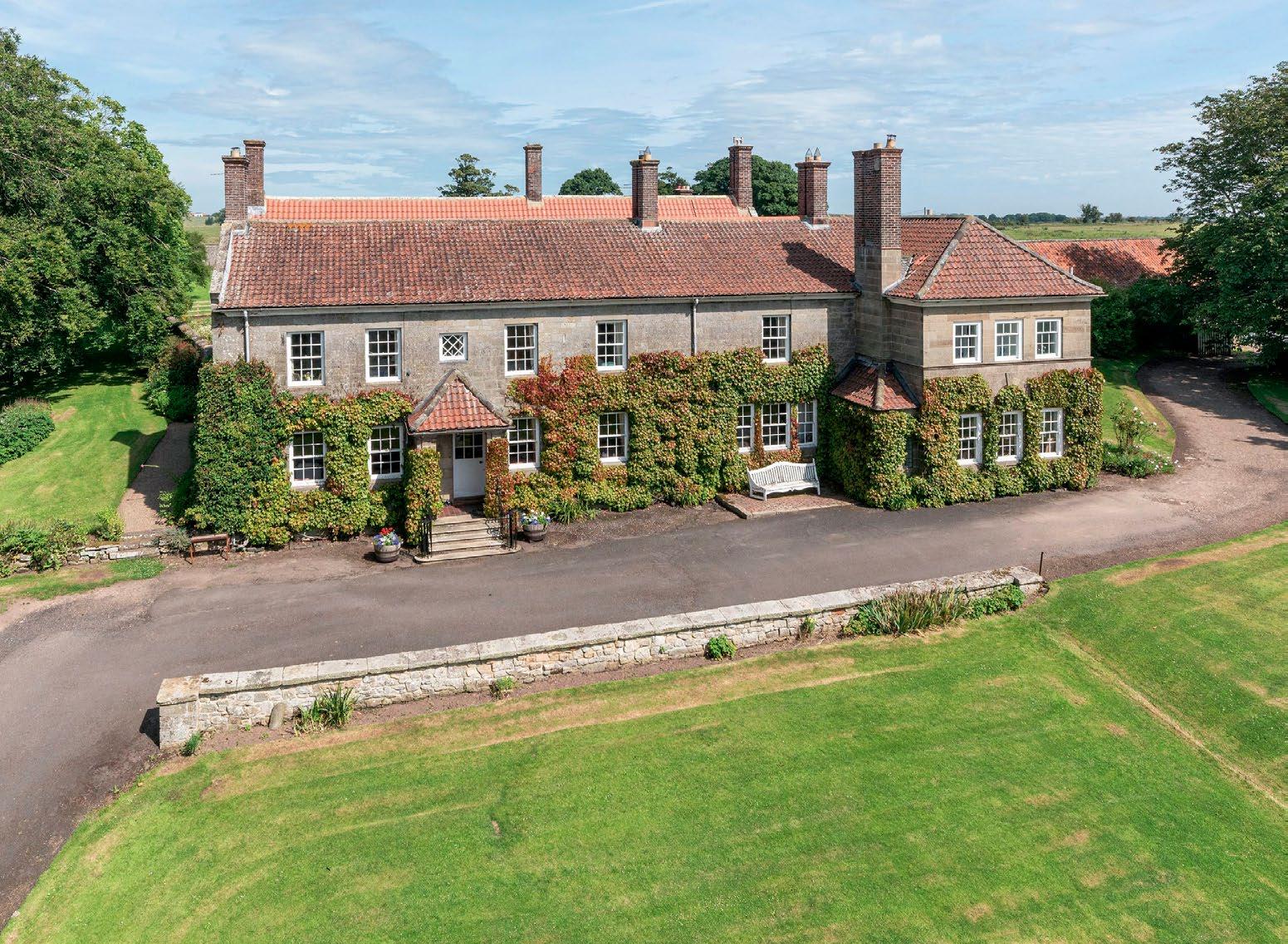
Northumberland, £1.99 million
The Grade II-listed Tuggal Hall in Chathill dates back to the 1600s, but it was significantly extended in the 1920s and now consists of seven reception rooms— making it perfect for family living or formal entertaining—nine bedrooms and five bathrooms, and all set in 7½ acres. This is made up of landscaped gardens, a grazing paddock and eye-catching natural features, including a small stream that winds through the landscape. Tuggal Hall even has a Grade II-listed dovecote, a separate two-bedroom holiday cottage and a walled garden containing fruit trees, rose gardens and a kitchen garden. There are two outbuildings, one of which is stone built, boasts a red pantile roof and contains four stables and a hay store. Beadnell Bay and Newton-by-theSea are only a five-minute drive away, or perhaps a horsebox trip, for where better to ride, if time and tide allow? Finest Properties (0330 111 2266)
Kent, £1.25 million
As it is a major hop-growing centre, oast houses proliferate in Kent and Rosewell Oast on the outskirts of Paddock Wood is one such property, but with a bit of a difference—it offers equestrian facilities, too. Within sight of the three-roundel oast house, there are three stables, a hay barn, hardstanding and a post-and-rail paddock that has direct access to the road, making hacking off site or horse transportation straightforward. A detached annexe outside has been successfully run as a B&B by the current owners, or horsey friends could come to stay. Inside the main house, the curving walls add character to many rooms, from the kitchen/breakfast room with its curvaceous Shaker-style units and the sitting room, to the majority of the five bedrooms. Continuing the ‘round’ theme, there is also a spiral staircase. The property is attached, by the sitting room and bedroom five. Maddisons Residential (01892 514100)

Somerset, £1.75 million
The Manor House comes with a yard and American-style stabling, plus a pony paddock. Additionally, outside, there are two converted cottages, traditional barns with potential and mature gardens. The Grade II*-listed house, in the heart of the village of Long Sutton, sits in the shadow of Holy Trinity Church, which dates from 1493. The Manor House is thought to have been built during the early Tudor period, too, and Historic England states that it was probably reshaped in the 17th, 18th and 19th centuries. The sellers have lived here since the mid 1970s and have enjoyed the likes of the flagstone-floor kitchen, which contains an Aga and a stone-mullion window that overlooks the garden, and the panelled drawing room. Two staircases lead to the first floor where there is a plank-and-muntin screen, plus six bedrooms. ‘This house has retained so much of its original charm and character,’ says agent Ashley Rawlings. Savills (01202 856873)
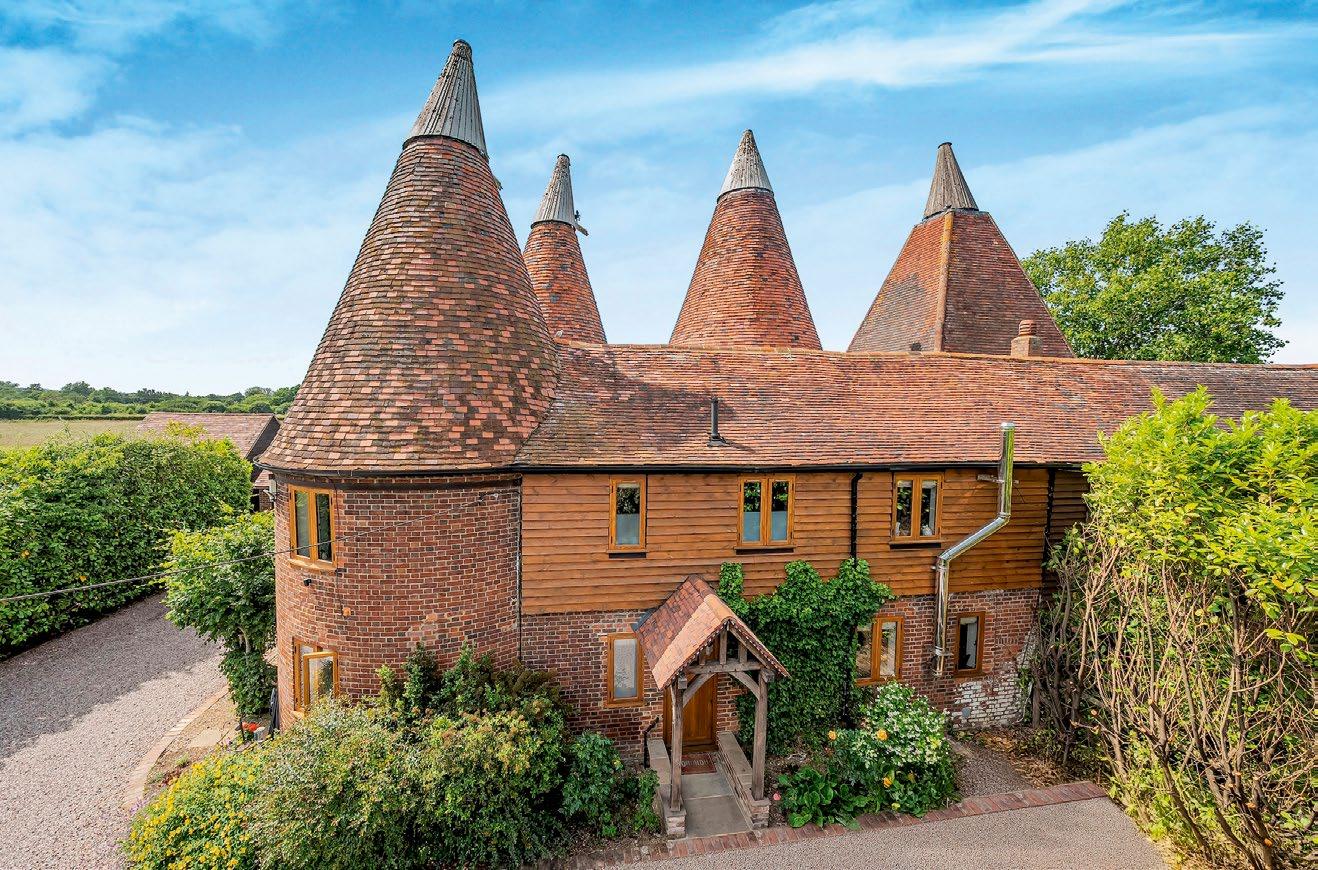
Worcestershire, £1.25 million
If the new owners of Grade II-listed Church End Court, at Queenhill, Upton-on-Severn, love racing, they won’t have too far to drive to the Cheltenham Festival, for the town and its thrilling racecourse are a mere 14 miles away. If they keep horses at home, their happy equines will enjoy the luxury of brick-built stables in a U-shaped courtyard that combines historic character with modern practicality. The nearby quiet lanes are considered ideal for hacking. Beyond the stables is an arena and five interconnecting post-and-rail paddocks. Also outside, an oak barn could offer development potential (subject to consents), and the Groom’s Loft and the Stable Loft offer additional accommodation. The four-bedroom farmhouse, meanwhile, oozes period charm in part thanks to exposed beams and original doors. Its sitting room, dining room and drawing room are cosy and chic, and the utility/boot room is a valuable asset, as is the cellar, which offers extra storage space. Chartwell Noble (01905 969998)
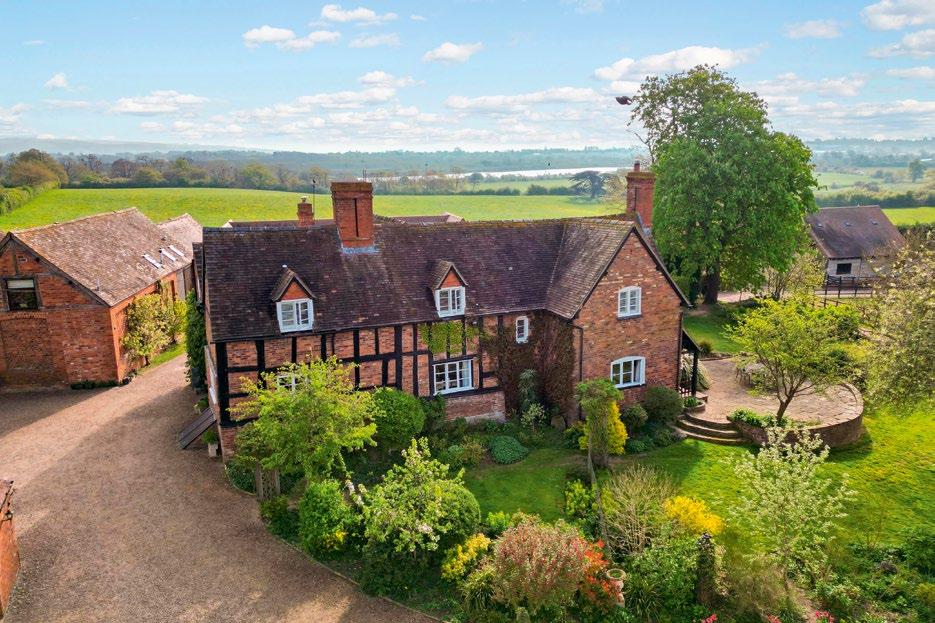


Could you guess the value? Try our house-price quiz every day at www.countrylife.co.uk/quiz